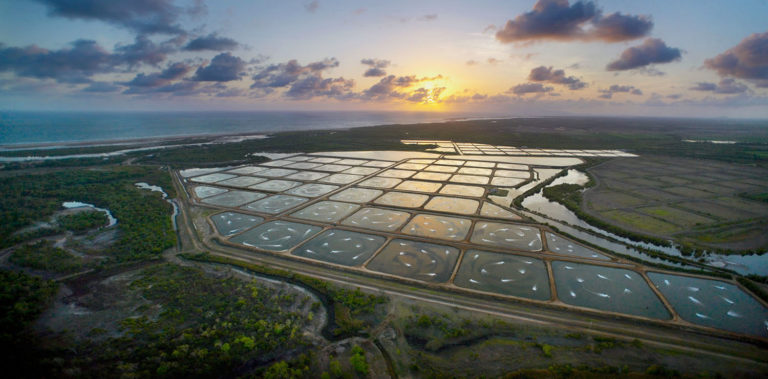
Innovation & Investment
Bringing Australian aquaculture into view
Australian aquaculture gets some needed attention later this month when Fish 2.0 holds a regional workshop focused on innovation and investment in Melbourne.
Innovation & Investment
La acuacultura Australiana recibe atención necesaria más tarde este mes, cuando Fish 2.0 organiza un taller regional centrado en la innovación y la inversión en Melbourne.

Innovation & Investment
Australian aquaculture gets some needed attention later this month when Fish 2.0 holds a regional workshop focused on innovation and investment in Melbourne.
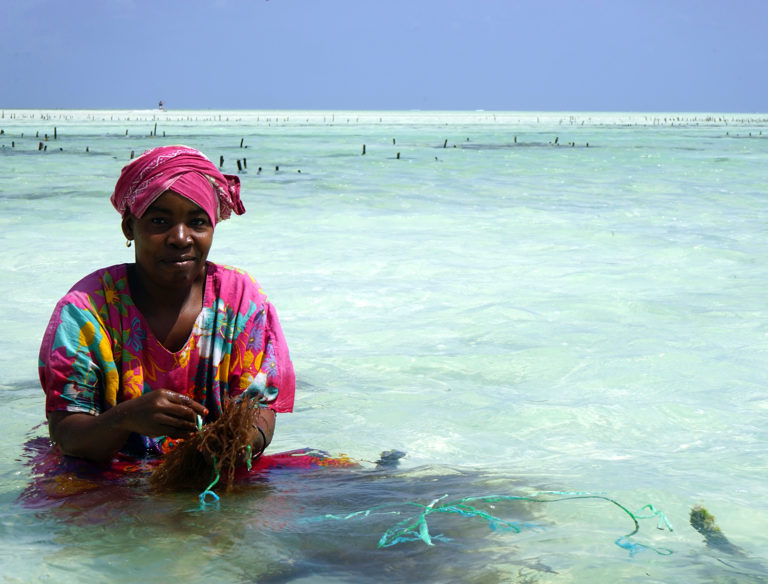
Responsibility
Combinando la dinámica de fluidos geofísicos y la biología marina, la tecnología visionaria de Brian Von Herzen pronto será probada frente a la costa de Massachusetts antes de exportarla al Océano Índico.

Responsibility
Combining geophysical fluid dynamics and marine biology, Brian Von Herzen’s visionary technology will soon be tested off the coast of Massachusetts before export to the Indian Ocean.
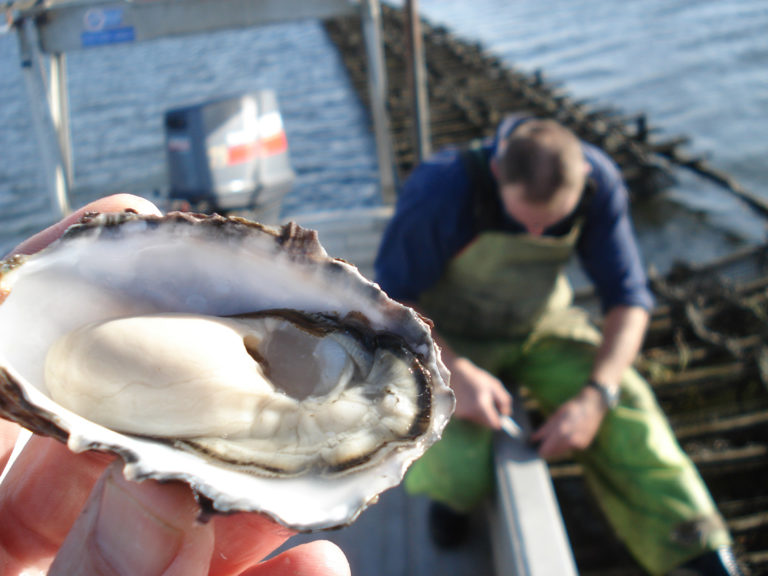
Health & Welfare
This article from Australia’s CSIRO details the "race" to breed oysters genetically predisposed to resist Pacific Oyster Mortality Syndrome (POMS), a disease that is harmless to humans but so lethal to oysters that it can kill more than 90 percent of a crop of millions of animals within days.

Innovation & Investment
A government-funded $3 million (AUS) project by innovationXchange, WWF and others seeks transformative solutions from entrepreneurs for small-scale producers in the Indo-Pacific region. The competition’s three challenges include fresh thinking on feed, “new ocean products” and sustainable design.

Aquafeeds
Shrimp farmers in Australia believe that applying smaller amounts of feed regularly is an effective strategy for maximizing feed conversion in ponds. By providing more time for shrimp to rest between eating cycles, consistently lower FCRs have been achieved.
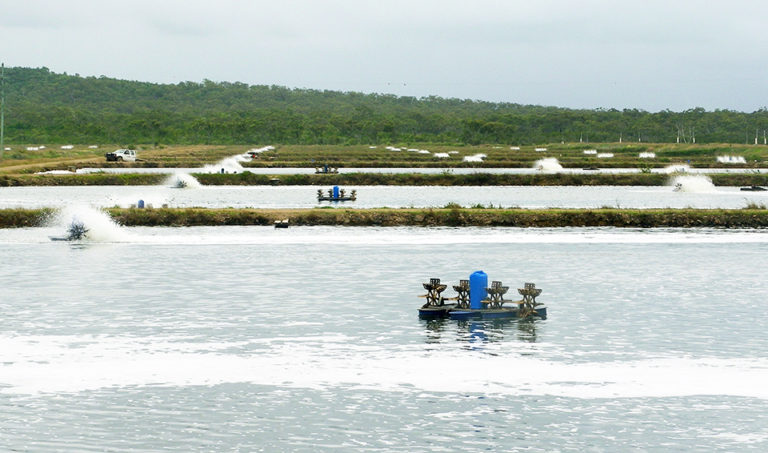
Responsibility
While intensive shrimp farms in Australia and elsewhere are sensitive to rising energy prices, global intensification and farming innovations have led to significant improvements in shrimp farm energy efficiency. Important among the changes was the global switch to zero-exchange production of white shrimp.

Uncategorized
Although there is compelling evidence that early humans relied heavily on the fruits of the ocean, the mindset of powers that be tends to focus on utilization of land for food. In Australia, for example, the country controls water resources with 2.5 times the area of its land, yet it is not food secure in seafood. Many bright minds have not awakened to the unique opportunities that aquaculture and fisheries offer. It’s time to get aquaculture out of the pigeonhole.

Responsibility
Greater knowledge of fouling organisms and their settlement can help lead to greater effectiveness for cage net-cleaning machines. If cleaning is done regularly at certain times of the year, biofouling may be easier to remove or kept from settling on nets.
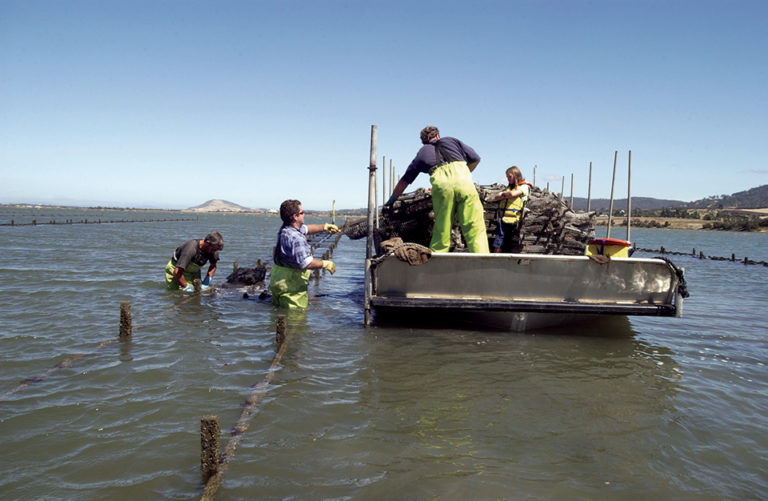
Health & Welfare
A partnership between CSIRO and the Australian seafood industry has significantly improved the selective breeding of Australian Pacific oysters.
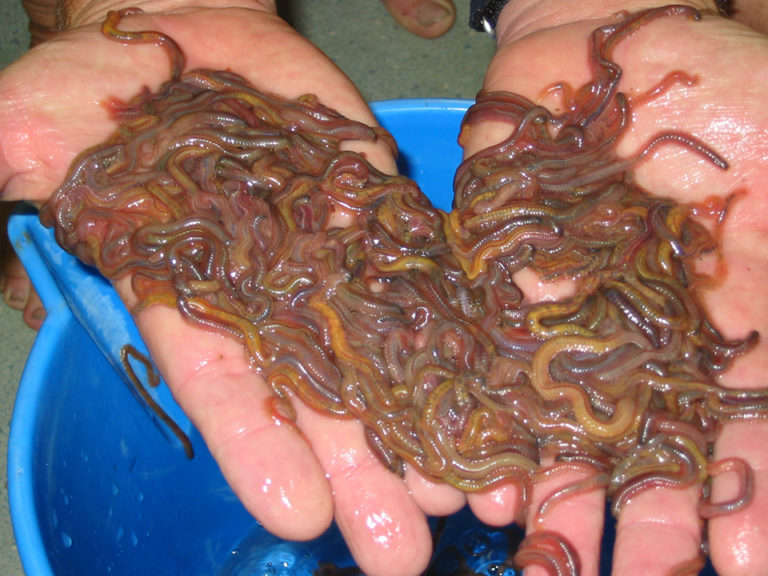
Responsibility
A practical way to treat mariculture effluents combines the physical attributes of a sand filter and the biological properties of hungry marine sand worms.
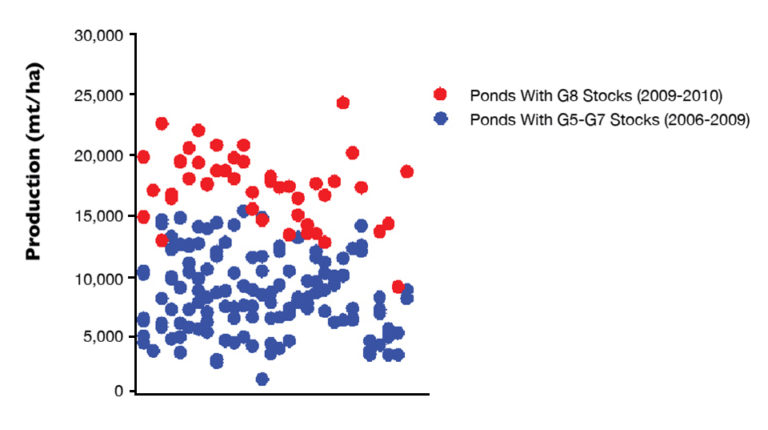
Health & Welfare
Traditionally, Australian farmers relied on wild broodstock to source black tiger shrimp larvae, but substantial progress has been made in the domestication and selective breeding of Australian P. monodon.
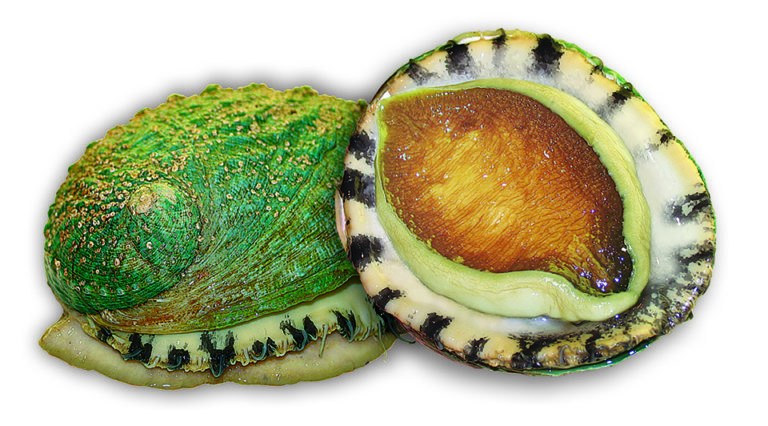
Health & Welfare
Collaborative work at Great Southern Waters has established a closed, genetically diverse breeding population of hybrid abalone. The breeding strategy is to produce and improve commercial stocks with the required hybrid traits by understanding the inheritance of those traits in the pure species and the hybrids.
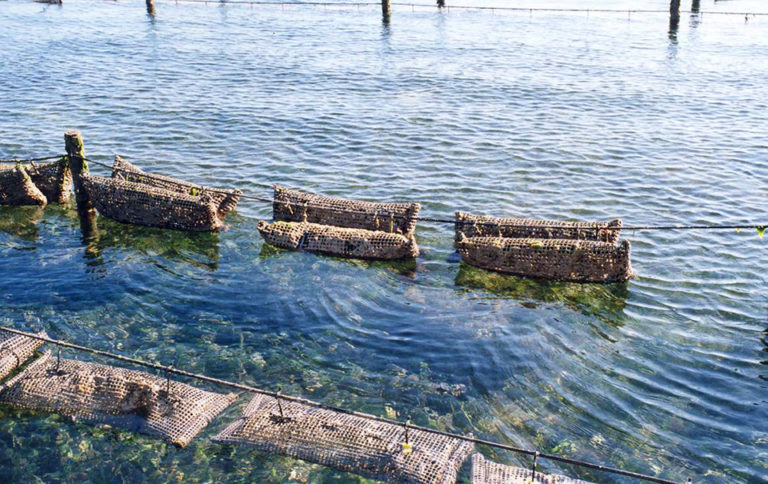
Health & Welfare
In recent decades, mass summer mortality in oyster aquaculture has become widespread, with 50 percent of crops lost in a given year. Losses are often associated with spawning, which is normally seasonal but highly temperature-dependent.

Intelligence
From recirculation units, earthen ponds and sea pens in Australia, barramundi are spreading to other continents due to the advent of sophisticated modular culture systems.